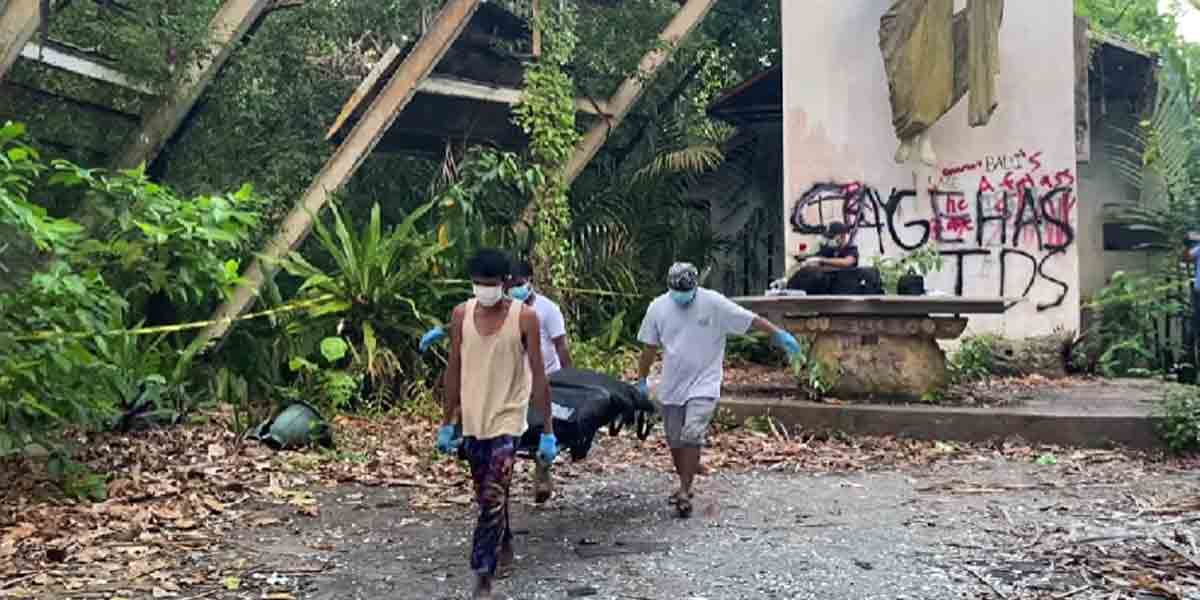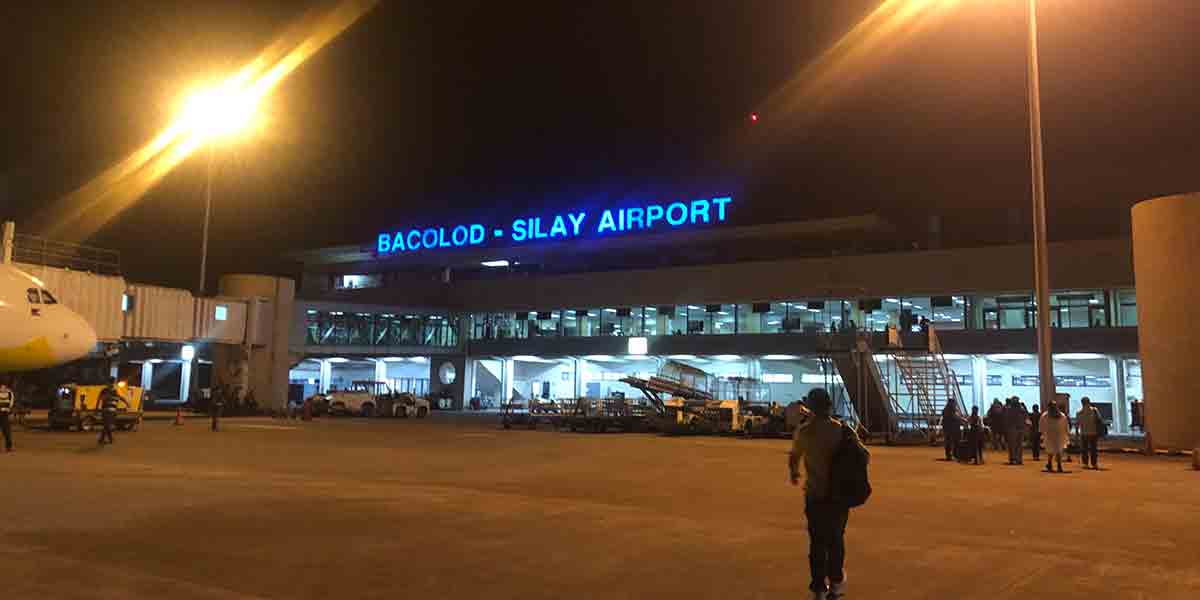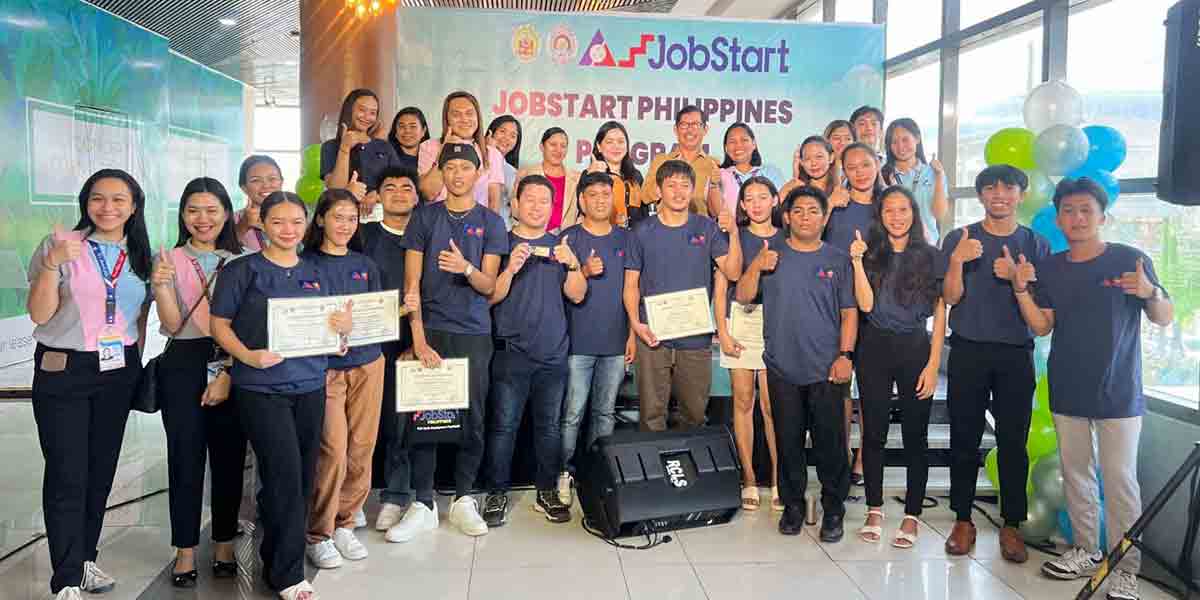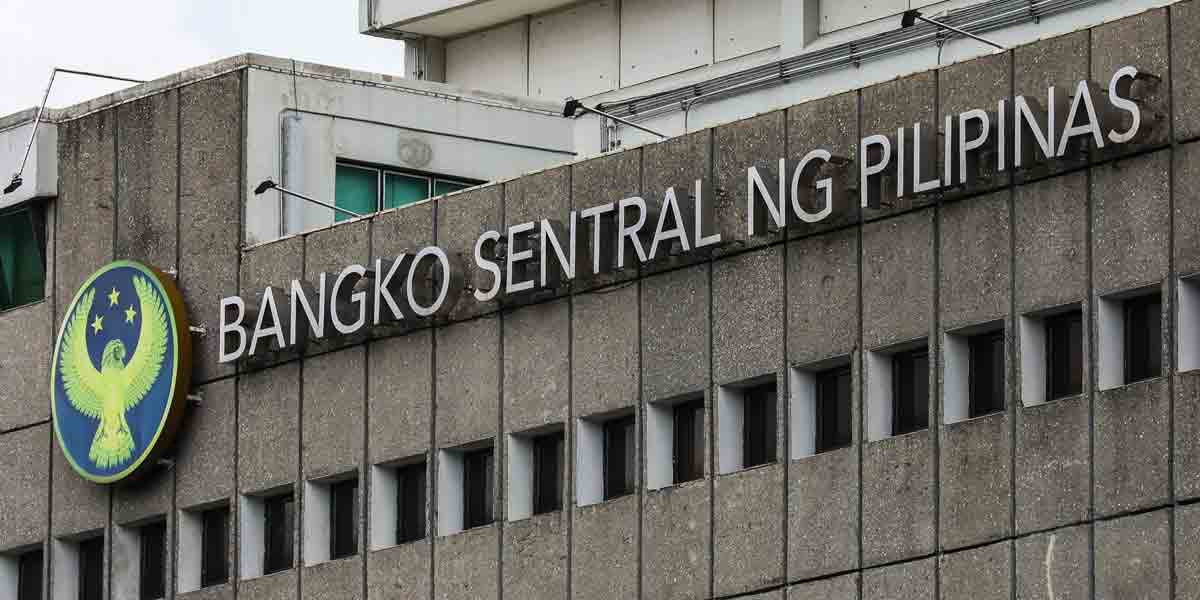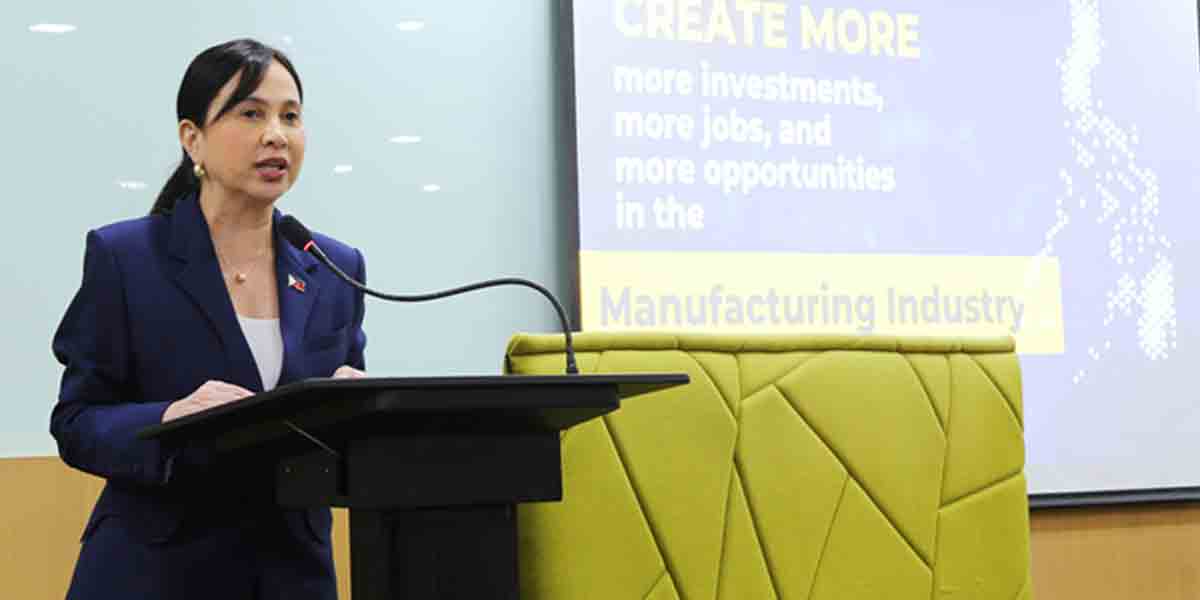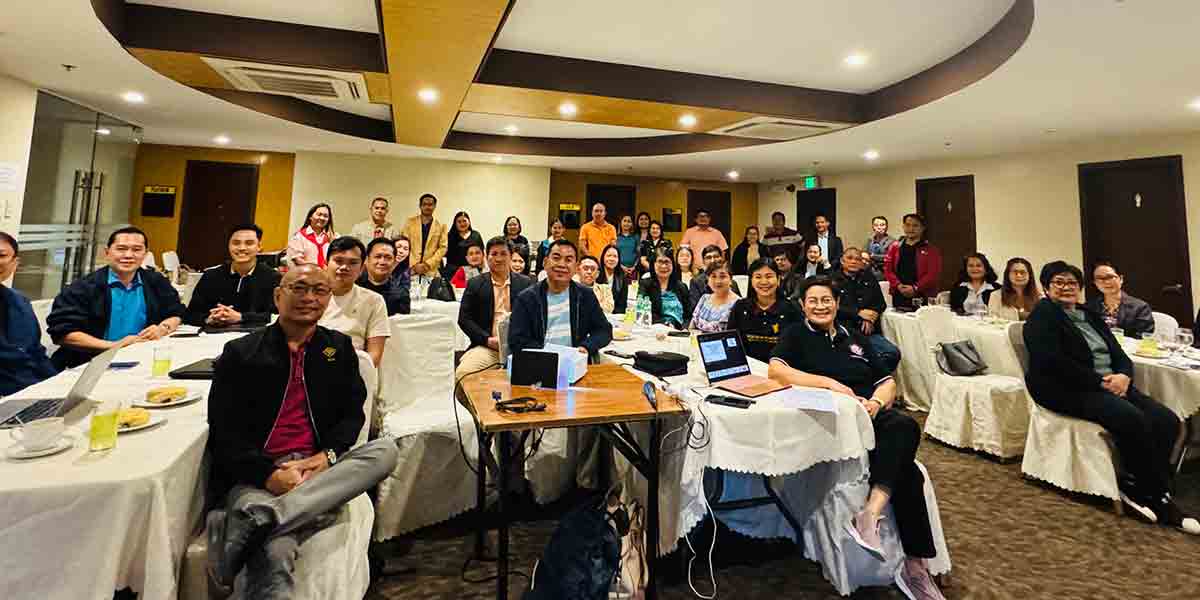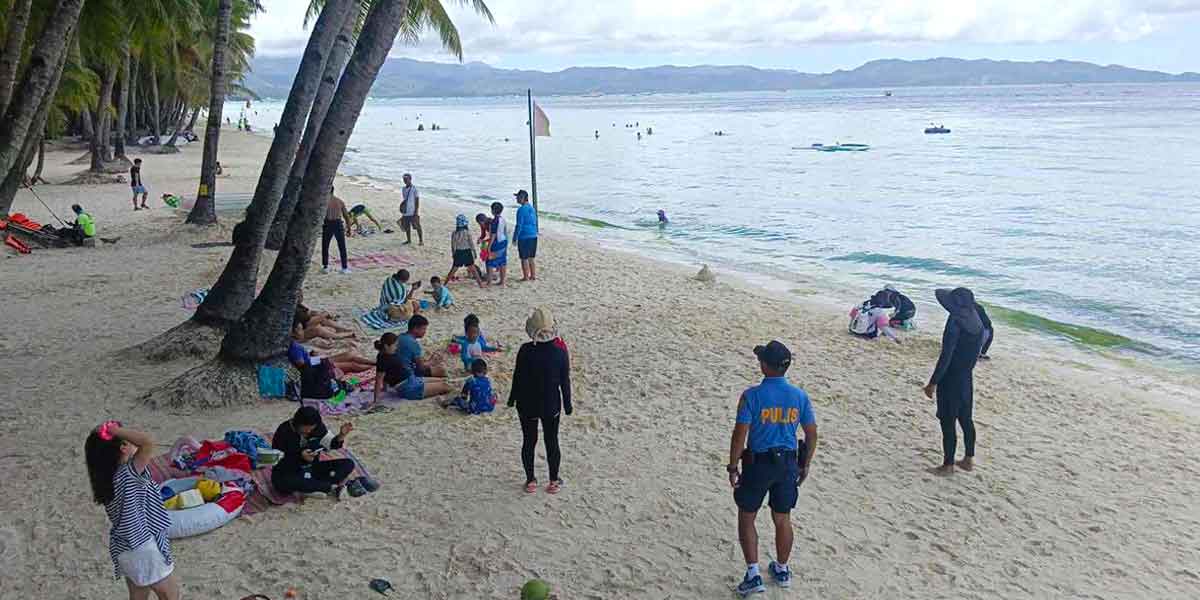
DUGONGS or sea cows abound the waters of Guimaras Island, according to a representative of the Partnerships in Environmental Management for the Seas of East Asia (PEMSEA).
Three dugong sighting areas in Guimaras were visited by the Ocean and Lands Ecological Research Centre from China and the PEMSEA consultant to spread dugong awareness in the communities.
51 Guimarasnon fishermen and Bantay Dagat personnel attended the dugong awareness activity of OLEC and PEMSEA at the three sighting areas – 22 from the Tumalintinan Point Marine Protected Area (MPA) in Brgy. Suclaran, San Lorenzo; 14 fishermen from the Pamanculan Fish Sanctuary in San Isidro, Sibunag; and 15 fishermen from Brgy. Cabalagnan, Nueva Valencia.

Dr. Won-Tae Shin of PEMSEA encouraged the participants to spread the “Dugong” awareness to coastal communities to help conservation of the said species in the province.
“The awareness of dugongs varies from little to no awareness at all and the significance of dugongs and seagrasses is poorly understood. Thus, we who have the knowledge must raise the awareness to others and fishermen must lessen sea disturbance by being careful in fishing,” he said.
Dr. Shin and Ms. Sofia Su also highlighted that the major causes of Dugong deaths are being entangled by fishnets, ship strike, screw cut and seagrass habitat reduction.

They said that we can help them by fishing in other areas, slowing down boats and protect seagrass meadows.
Dugongs are marine mammals that are commonly known as “sea cows”.
They can grow to about three meters in length, weigh as much as 400 kg and live to over the age of 70 years.
At present, they are considered endangered because it takes 13 to 15 months of reproduction, 14 to 18 months to nurture the baby and seagrasses are not enough to support body weight (about 80kg of seagrasses per day). (Photo Courtesy of Province Of Guimaras Facebook Page)



